Apple Mac mini (Apple M1, 2020) review: A miniature marvel
Considering its size and its price, the M1-powered Mac mini is outstanding – if you’re happy to make the Apple Silicon jump
-
+
Fantastic performance
-
+
Compact footprint
-
+
Strong connectivity
-
-
No upgradeability
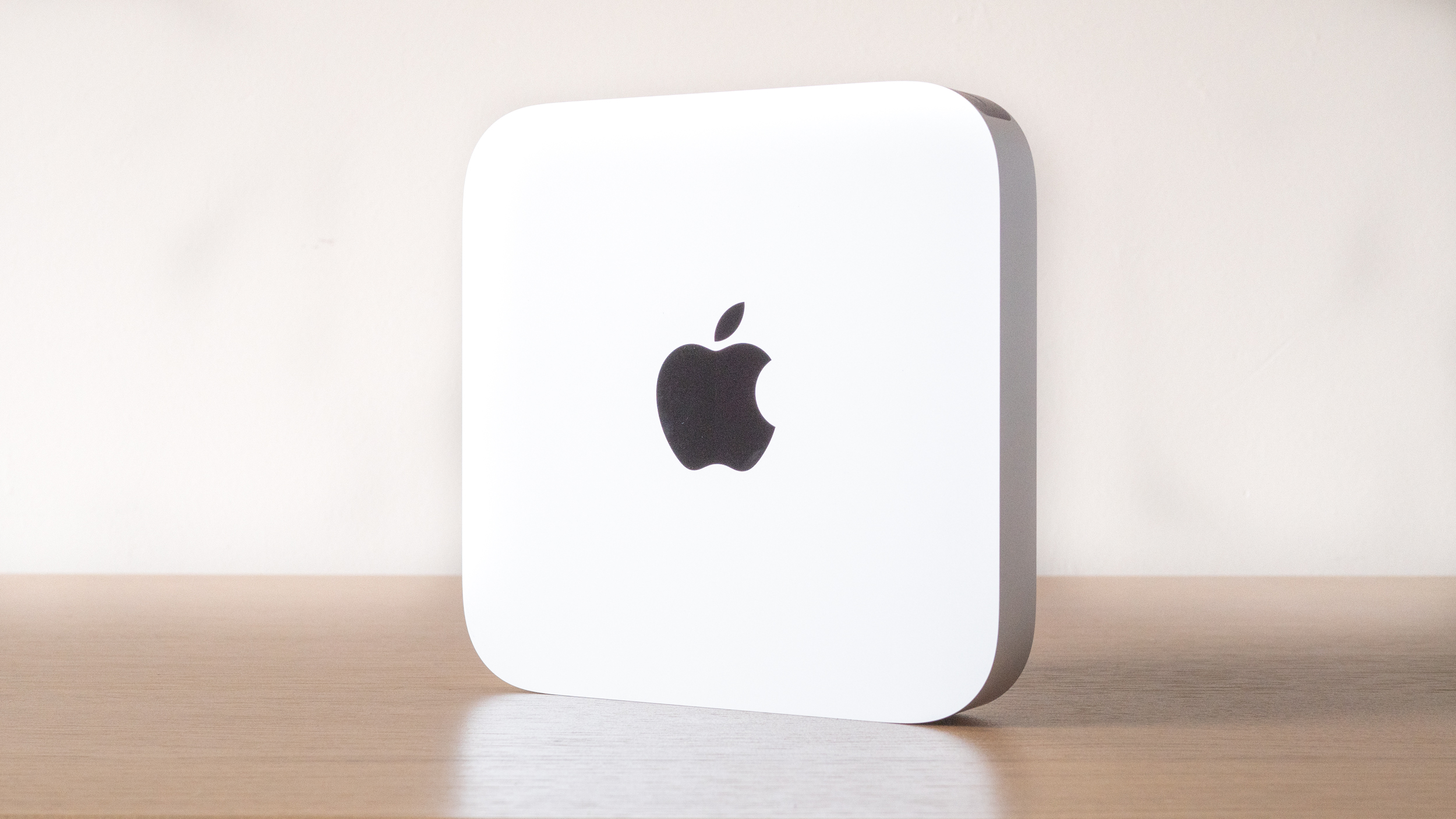
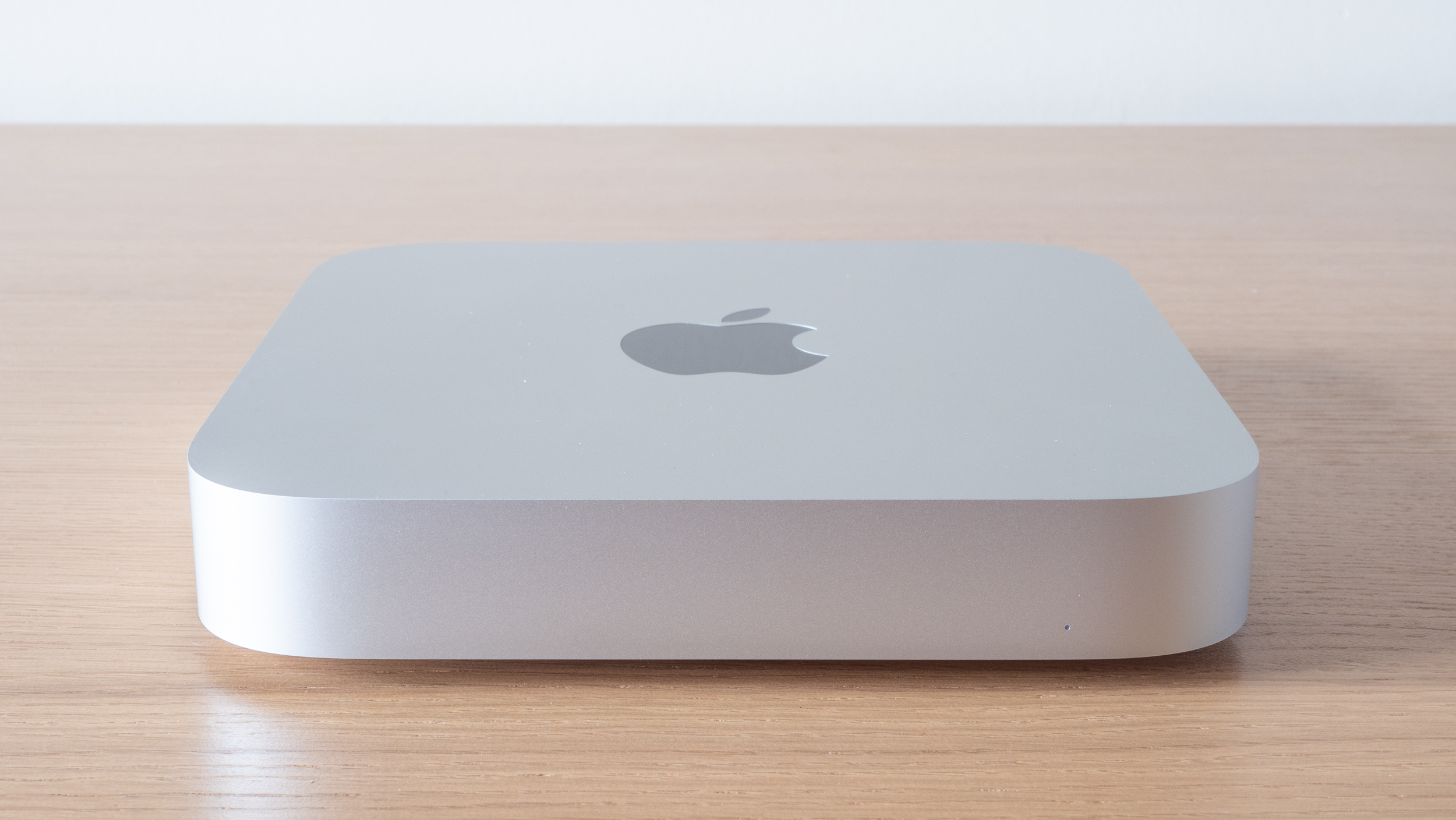
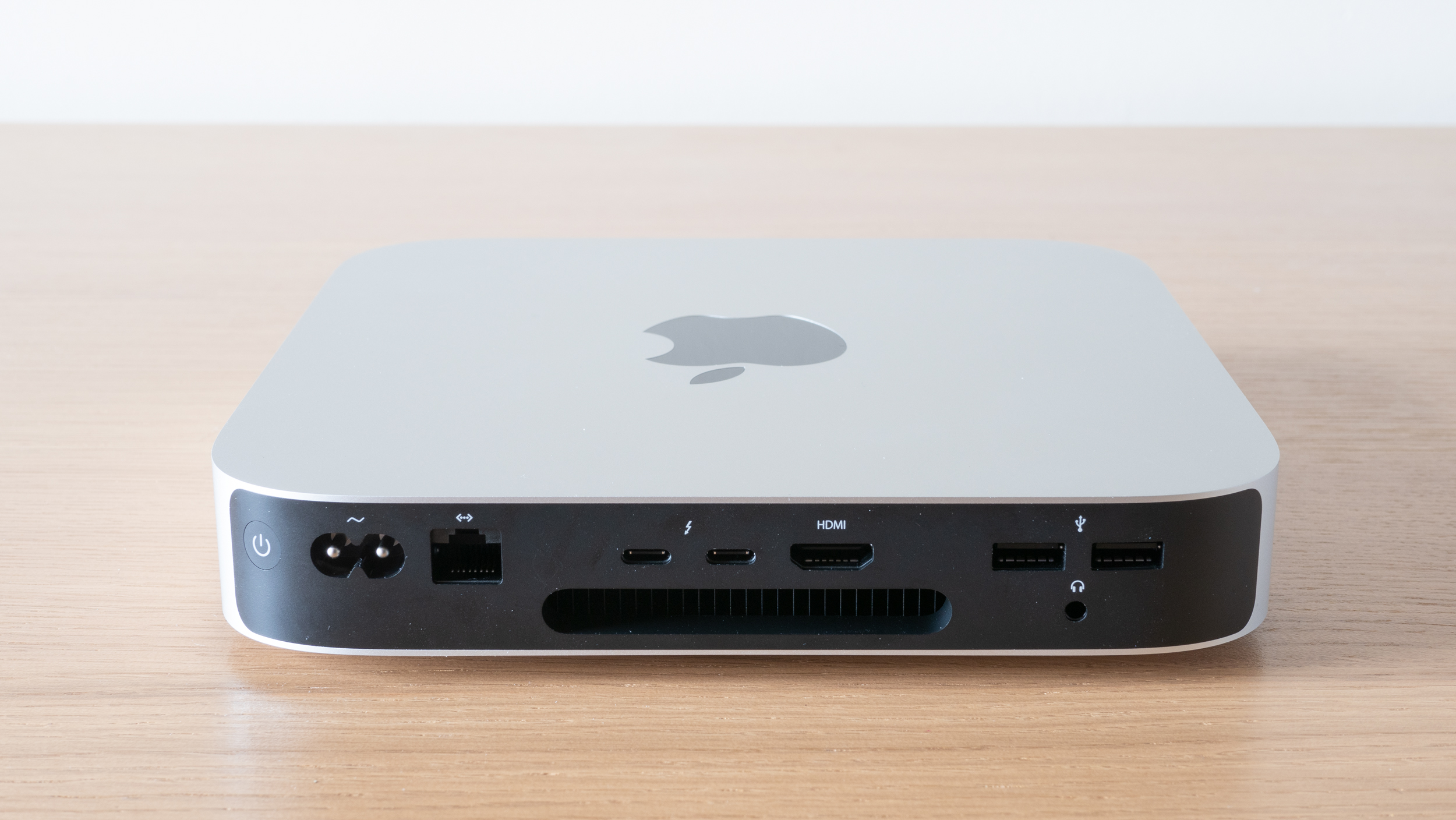
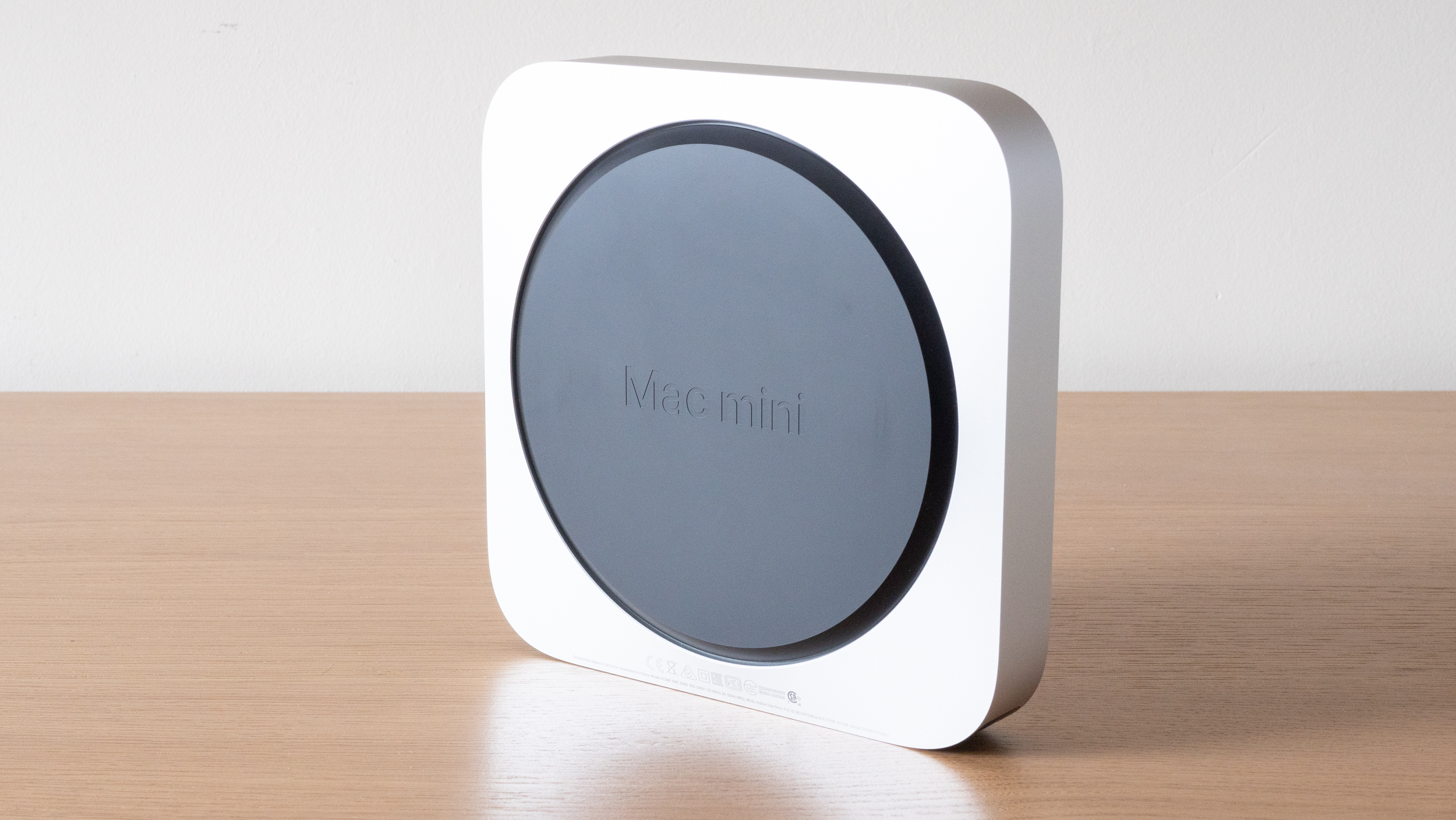
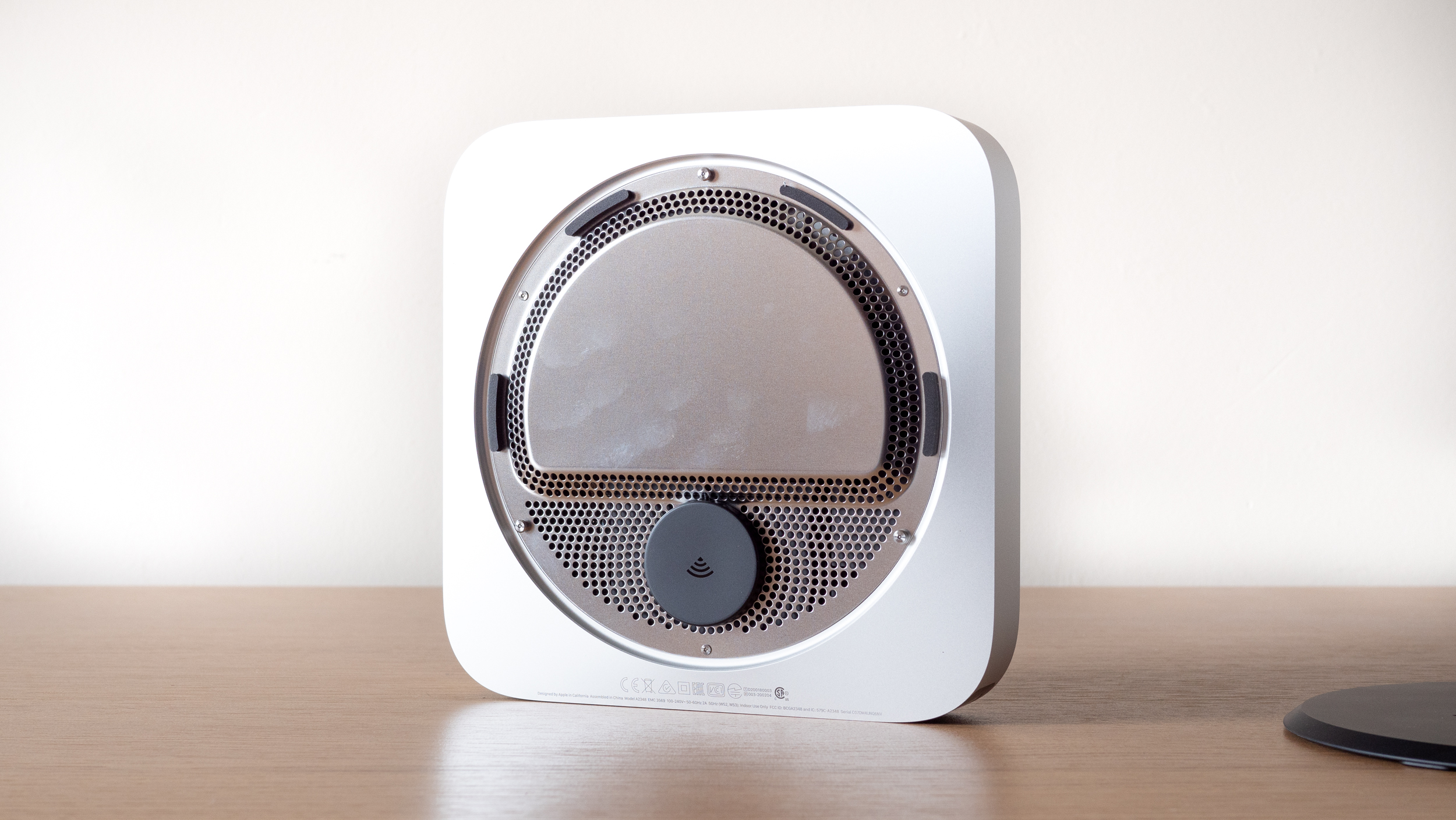
The Mac mini is the third M1-based Apple product we’ve reviewed since the first wave of devices was announced last year, joining the M1 MacBook Air and the M1 MacBook Pro at the vanguard of Apple’s move away from Intel.
It follows a similar template. Aside from the radical architecture revamp, Apple has made few changes to its much-loved compact PC. From the outside, the M1 Mac mini looks exactly the same as the Intel-based model we reviewed over two years ago; it’s inside where all the fireworks are happening.
Apple Mac mini (Apple M1, 2020) review: Design
Just like the Apple Silicon MacBooks, the M1 Mac mini delivers a huge amount of performance per pound. If you need a fast, small PC then it has much in its favour. However, not all software has shifted to the new architecture yet, as we’ll discuss in more detail shortly. Some of your favourite Mac apps might not run perfectly – if at all.
And that extends to older or niche hardware, with Jon Honeyball discovering that his Atto ThunderLink Thunderbolt-to-SAS adapter didn’t work on M1 silicon, and there’s no immediate prospect of a fix appearing.
If you don’t mind being a guinea pig for Apple, however, or if you’ll never venture outside Apple’s own software stack or other native applications, it’s a great choice for a minimalist desktop.

Finished in silver and measuring a mere 197 x 197 x 36mm (WDH), it’s an attractive little thing. There’s a small LED at the front on the right-hand side, the Apple logo is stencilled on the top panel and the power button is at the rear on the right side next to all the various physical connections.
Given the size of the Mac mini, there’s a fair selection here too, with a pair of USB-A 3.1 Gen 2 ports With speeds up to 10Gbits/sec), two Thunderbolt 4 ports, one HDMI 2 video output, plus a 3.5mm headphone jack and a Gigabit Ethernet socket for networking. Wireless connectivity is covered by Wi-Fi 6 and Bluetooth 5.
You lose two Thunderbolt ports compared to the previous Mac mini (albeit Thunderbolt 3 rather than 4), but the big difference is that there’s no way to upgrade this computer. It’s possible to pop off the lid and get at the machine’s innards by undoing six Torx TR6 security screws, but frankly it’s not worth the effort: the RAM and SSD are soldered to the motherboard and can’t be either replaced or upgraded.
Of course, you can always add fast storage via the Thunderbolt 4 ports. Otherwise, you’ll need to carefully consider how much RAM and storage you specify at the time of purchase, and Apple has followed its usual pattern of charging a hefty fee for each step up.
Apple Mac mini (Apple M1, 2020) review: Software
Not much has changed on the software compatibility front since we reviewed the M1 MacBook Pro two months ago. Almost all of Apple’s business and creative professional applications have been converted to run natively on the M1 chip and you can run some iOS apps as well. This should cover enough bases for most people using the mini as a desktop PC to get by.

The transition to native M1 applications is already underway elsewhere. A quick straw poll of the apps we use on a daily basis sees that Adobe has now released a (feature-restricted) public beta of M1 Photoshop, while Blackmagic Design is offering a beta of its free video editor/colour-grading software, DaVinci Resolve. Google Chrome is also available as a native M1 app, as are the Microsoft Edge and Firefox browsers. The same holds true for Affinity Photo and Adobe Lightroom.
Even if you can’t get hold of a native M1 version of the application you want, you may be able to run it emulated via Apple’s Rosetta 2 runtime. Most of the software we’ve tried to run this way has worked very well and the process is simplicity itself. However, there’s a plentiful list of applications that are either buggy under Rosetta 2 or don’t work at all, so you should check before you commit to the M1 platform.
Fortunately, there are good-quality user-generated lists on the web to help with the checking process and Is Apple Silicon Ready is the best we’ve found.
Apple Mac mini (Apple M1, 2020) review: Specs and performance
Assuming the software you need works, you can expect speedy performance. The M1 Mac mini comes with identical specifications to the M1 MacBook Pro 13in we tested: it has the same actively cooled M1 processor, with an eight-core M1 GPU, 8GB of RAM and a 256GB SSD.
Putting the Mac mini through the same set of emulated tests as the MacBook Pro produced an almost identical result of 127 (versus 125) in our benchmarks. However, in the past two months, native versions of both Handbrake and VLC have appeared, which means our test suite is now two-thirds M1 native – and what a difference it makes, pushing the Mac mini’s score to 223. To put that in perspective, the Intel-based Mac mini we tested – which featured a Core i3-8100B – only scored 129.

With Intel inside, the Mac mini was always far away from high-end Macs. Now it’s within touching distance. For instance, an iMac Pro with a Xeon W-2140B inside scored 283 in our benchmarks, and the MacBook Pro 16in with a Core i9-9980HK managed 249. Bear in mind that the latter costs £3,789, while the iMac 27in will set you back a tidy £2,299. This once again emphasises the power and importance of the M1 processor.
In Geekbench 5, the M1 Mac mini is not only twice as fast as its Intel-based predecessor but faster than the MacBook Pro and iMac: a single-core result of 1,740 is phenomenal, as is a multicore return of 7,694.
All M1 Mac minis include the eight-core GPU (the MacBook Air features a seven-core version), and as we’ve come to expect from previous tests it stormed through the GFXBench Car Chase tests. In the onscreen test, it kept at a solid 60fps and was only held back by the refresh rate of the panel, but in the offscreen 1080p test it stormed to 179fps. That’s 4fps more than the Pro and 21fps more than the Air, but to truly understand the jump in power you should consider that the previous Mac mini averaged 27fps.
In short, you’re getting M1 MacBook Pro performance from the Mac mini for £300 less than a MacBook Air and an astonishing £3,000 less than the MacBook Pro 16in we reviewed in late 2019.
Apple Mac mini (Apple M1, 2020) review: Verdict
Windows PC fans will rightly point out that you probably won’t want to game on an M1 Mac mini, despite its proven talents. And if you can wait for HP to release a Ryzen 4000 version of the EliteDesk 705 then you can expect similar levels of performance at the expense of fan noise (and a rather less elegant design).

But our verdict on the M1 Mac mini is the same as for its stablemates, the M1 MacBook Air and the M1 MacBook Pro. In short, it’s great. If you’re looking for a fast, quiet and unobtrusive PC that will get you through your working day without fuss, this is one of the best-quality options you can buy.
Apple Mac mini (Apple M1, 2020) specifications
| Processor | Apple M1 |
| RAM | 8GB |
| Additional memory slots | No |
| Max. memory | 16GB |
| Graphics adapter | Apple M1 (8-core) |
| Graphics memory | Unified |
| Storage | 256GB |
| Optical drive | No |
| Memory card slot | No |
| 3.5mm audio jack | Yes |
| Graphics outputs | HDMI 2.0 / USB-C (Thunderbolt 4 / USB 4) |
| Other ports | USB Type-A x 2 (3.2 Gen.1); 2 x USB-C (Thunderbolt 4 / USB 4) |
| Speakers | Mono |
| Wi-Fi | Wi-Fi 6 (802.11ax) |
| Bluetooth | Bluetooth 5 |
| NFC | No |
| Dimensions, mm (WDH) | 197 x 197 x 36mm |
| Weight (kg) - with keyboard where applicable | 1.2 |
| Battery size (Wh) | N/A |
| Operating system | MacOS |
Get the ITPro daily newsletter
Sign up today and you will receive a free copy of our Future Focus 2025 report - the leading guidance on AI, cybersecurity and other IT challenges as per 700+ senior executives
-
 ‘Phishing kits are a force multiplier': Cheap cyber crime kits can be bought on the dark web for less than $25 – and experts warn it’s lowering the barrier of entry for amateur hackers
‘Phishing kits are a force multiplier': Cheap cyber crime kits can be bought on the dark web for less than $25 – and experts warn it’s lowering the barrier of entry for amateur hackersNews Research from NordVPN shows phishing kits are now widely available on the dark web and via messaging apps like Telegram, and are often selling for less than $25.
By Emma Woollacott Published
-
 Redis unveils new tools for developers working on AI applications
Redis unveils new tools for developers working on AI applicationsNews Redis has announced new tools aimed at making it easier for AI developers to build applications and optimize large language model (LLM) outputs.
By Ross Kelly Published
-
 Google layoffs continue with "hundreds" cut from Chrome, Android, and Pixel teams
Google layoffs continue with "hundreds" cut from Chrome, Android, and Pixel teamsNews The tech giant's efficiency drive enters a third year with devices teams the latest target
By Bobby Hellard Published